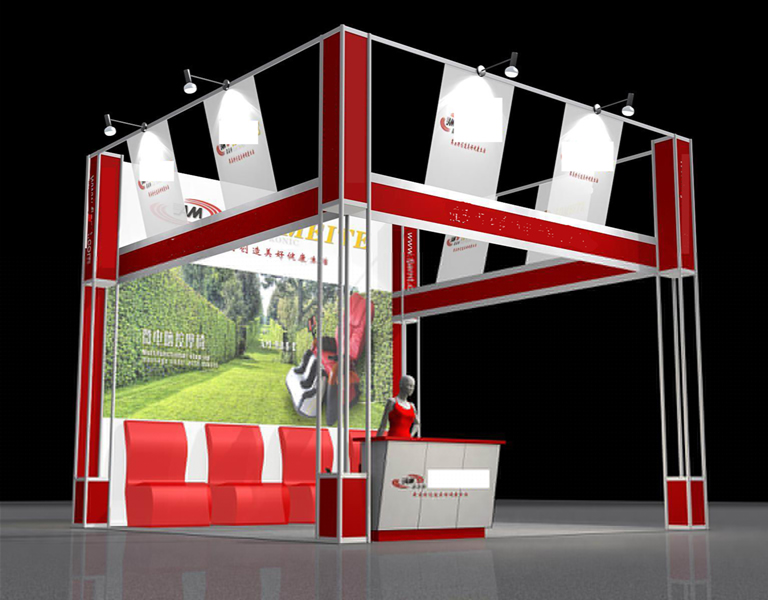Conference and exhibition, a large number of terms of interpretation
2015-12-05 15:14:43

The name of the Convention and exhibition is very complex in Chinese, the name of the exhibition is fair, exhibition, exhibition, exhibition, exhibition fairs, see sample orders, exchange exhibition, fair, trade fair and exhibition, exhibition and evaluation, to display samples, temple fair, fair, Hui, and so on. In addition, there are a number of exhibitions using non professional terms. For example: Australian (National Field Days Berlin International Week Green Carpet Market Rug and International for Center Office-Information-Telecommunication World exhibition exhibition General Exhibition industrial),
Exhibition consumer, Exhition international, exhibition regional, agricultural,
Exhibition, exhibition private, exhibition major, exhibition minor, exhibition local,
Exhibition peripatetic, exhibition exposition, trade, show, show moveable, show solo,
Show boat, show plane, show Road, show catalogue, fair, fair multi-trade, mart trade,
Display, etc., with these non professional names, the name of the exhibition will be more.
Exhibition name, though different, the basic word is limited, such as English Fair Exhibition exposition show Chinese bazaars, temple fairs, exhibitions and fairs. Other names are derived from these basic words, the meaning of the basic words of the exhibition.
A market in which a fixed place, at a fixed place, or in a temporary focus. The market is a market in which the farmers (including fishermen, herdsmen, etc.) and other small producers for the exchange of products. The market has a variety of known methods, such as set, Hui, etc.. In ancient China, often called caoshi. In the north of China, generally called the set. In Guangdong and Guangxi, Fujian and other places called hui. In Sichuan, Guizhou and other places called field in Jiangxi, called wei. There are other places called, generally referred to as the market. The market can be considered as the traditional form of the exhibition. In Chinese, the market is recorded in the Zhou dynasty. Currently in rural china. The market is still widespread, and the market is the main way of rural commodity exchange, plays an important role in rural economic life. The main commodities trading in the market of agricultural and sideline products, native products, daily necessities, etc..
Temple: to do business in or near the temples or places of worship in the place, so called temple. Often held at the time of sacrifice, or in the prescribed time. The temple is also a traditional exhibition form. Because the village is unlikely to have larger temples, so the temple appeared mainly in the town. In Chinese, the temple is very popular in the Tang dynasty. The temple fair content than the rich, in addition to commodity exchanges, and religious, cultural, recreational activities. The temple also known as the temple, incense. Generalized temple also includes city lights, such as flowers, exhibit of lanterns. At present, temple fair in China is still prevalent, urban commodity exchange, and cultural and recreational places, but also to promote local tourism and economic development in a way. Exhibition. From the literal understanding, the exhibition is a display, watch the party. The characters are only expressed in the form, and the content of the end of the word. The exhibition is developed in the market, the temple form of the higher level of exhibition. In the content. The exhibition is no longer limited to fair trade or fair trade and entertainment, and expanded to all areas of science and technology, culture and arts, and other human activities. In the form, the exhibition has a regular exhibition space, modern management organization and other characteristics. In modern exhibition industry, the exhibition is to use the most widely most, meaning the name of the exhibition, broadly speaking, it can include all forms of exhibition; narrowly speaking, exhibition right refers to the trade and propaganda of the exhibition, including fair, trade fair, fair, see sample orders, achievements exhibition. The content of the exhibition is generally limited to one or several adjacent industries,
The main purpose is to publicize, import and export, wholesale, etc..
Expo: the Chinese Expo refers to a large scale, wide range of content, and many visitors to the exhibition. It is generally believed that the Expo is a high grade, and the development of society, culture and economy can have an impact and can play a promotion role. But in real life, "fair" has been abused phenomenon. From time to time can be seen in the street from the store held by the "so and so fair". The exhibition and exposition is the noun in Chinese, "no record" and some of the ancient Chinese Etymology dictionary.
The meaning of the basic words of the exhibition is not quite the same as that of the Chinese. FAIR. Fair in English is a traditional form of exhibition, is the market and fair. Fair is characterized by the "pan", there are merchants also have consumers, there are also agricultural products. Fairs and temple fair to the development of modern, branch out of the nature of the trade, professional exhibition, called "exhibition" Exhibition (). And inherited the "pan" characteristics, the size of a large, complex content of the comprehensive nature of the exhibition is still known as fair. But in the introduction of China, it was translated into the "fair" ". Therefore, the treatment of foreign "fair", to be careful to distinguish: it is a large-scale comprehensive exhibition, or the traditional rural fair.
EXHIBITION: in English exhibition is in the market and the temple Foundation

comments list
I want to comment